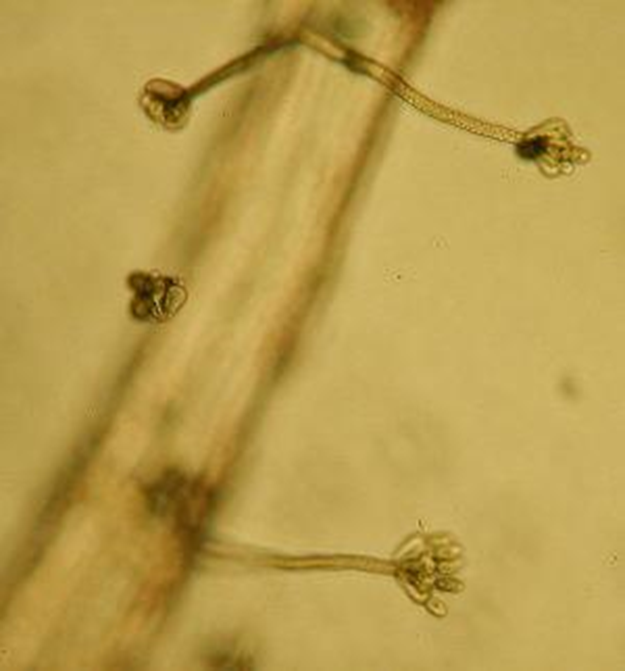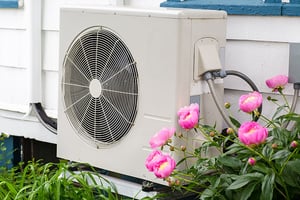
Indoor mould occurs when relative humidity is consistently over 80% and an indoor wall is cold enough to cause condensation. Damp is prevented by a combination of...
Condensation is not only an annoying form of damp, but it can also actually harm your property. Rotting wood, mould, damaged plaster, peeling wallpaper and even health issues could occur as a result of untreated condensation.
Condensation occurs as a result of excess moisture and poor ventilation, which causes elevated humidity levels. According the website Envirovent, four people living in a 3 bedroom property would create 112 pints of moisture a week from just breathing, cooking, showering and boiling the kettle. Condensation on the inside of your windows is more common in wet rooms such as bathroom and kitchens. Condensation problems can be resolved by good ventilation.
In traditional, existing buildings the fabric of the building is normally poorer quality than new builds nowadays. This means that air comes through walls and gaps in the building, meaning that less ventilation is required. However, condensation is still a real problem in bathrooms and bedrooms.
In recent years, ventilation has become a bigger issue as buildings have become more energy efficient. As the fabric has improved ventilation losses have become a larger proportion of the total heat loss. Ventilation losses occur when there is a pressure differential across a property so the warm air is sucked out and cold air blown in.
One option is mechanical ventilation with heat recovery (MVHR). This system supplies and extracts air throughout a property. MVHR systems extract stale air from bathrooms and kitchens and pass it through a heat exchanger before exhausting it from the building. The heat exchanger transfers most of the heat from the stale air to the fresh air that is drawn from the outside. This fresh and warmed air is ducted into the habitable rooms such as reception rooms and bedrooms. However, it is not hugely efficient.

Passive stack ventilation allows air into the house via trickle vents, with air being extracted through a pipe. Warm air is sucked up through the pipe due by pressure differences and differences in air density.
Purge ventilation is when big volumes of air go through a building. It’s rapid ventilation that’s normally done by opening a window. It can be used to a cool a building.
Other methods for avoiding condensation include buying moisture eliminators, adding weather stripping, buying a dehumidifier, or window insulation kits. You can even try covering up fish tanks or moving your furniture away from the walls!
However, there’s a much simpler remedy. Smart controls are the intelligent choice, which work on a demand-control principle to save your energy and money.
The issue can be solved with trickle vents and extractor fans. Usually you turn on an extractor fan at the same time as the bathroom light, or on a separate switch. Extractor fans work by pulling hot air from inside the room to outside of the house. With smart controls, the extractor fan can turn on automatically when you enter the bathroom. This is possible because of CO2 sensors that detect occupancy and increase energy-efficiency. The extractor fan and trickle vent formula are ‘natural’ ventilation. Smart controls can make this form of ventilation much more efficient with Demand Control Ventilation (DCV). Sensors placed around the home monitor CO2 and humidity, and smart controls collect this data and respond to changes in the atmosphere. This system is energy-saving and cost-effective.
There is also mechanical extract ventilation (MEV). This works by introducing fresh air to the building through trickle vents in the living and bedrooms and then extracting the stale, bathroom and kitchen air centrally. Applying DCV technology, smart controls can also close trickle vents to minimise ventilation heat losses when the air quality is good. Using DCV ensures that ventilation only takes place when the air quality is poor, saving energy and reducing heat losses. It’s also possible to reuse heat extracted with MEV by using a heat pump, saving you yet more energy and money.
Smart controls make ventilating your house and preventing condensation not only easy and convenient, but also energy-efficient and money-saving. It’s comfort and convenience combined.

Indoor mould occurs when relative humidity is consistently over 80% and an indoor wall is cold enough to cause condensation. Damp is prevented by a combination of...

Ventilation is extremely important as without adequate ventilation the building would be uninhabitable, high levels of...